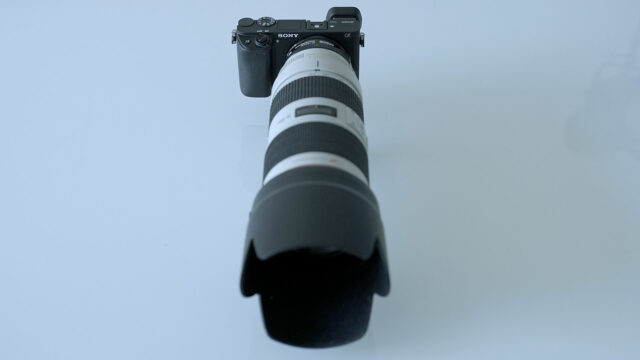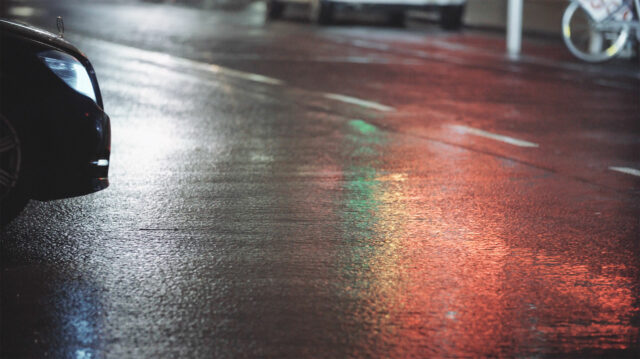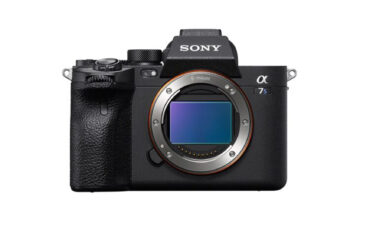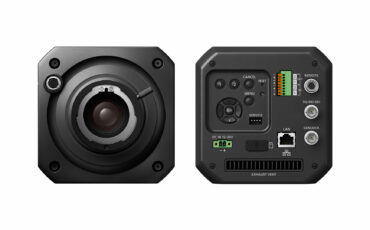Sony a6300 Low Light Test – a Mini a7S II for Much Less?
The Sony Alpha a6300 is creating quite a stir – Johnnie already posted his mini documentary film shot with the entry-level mirrorless camera from Sony, and we are working on a series of further lab tests with the camera to see its strengths and weaknesses.
From the specs, the camera sounds almost too good to be true: 4K internal in XAVC S on an APS-C sized sensor for below $1,000. That’s about one third of the price of the popular low-light beast, the Sony a7S II.
The low-light test shoot setup
Many people who saw our first review asked how it performs in low light, particularly compared to the Sony a7S II. On a rainy miserable dark rainy winter night here in Vienna, I decided to put together a versatile yet unusual handheld setup that would make the camera as light sensitive as possible.
With a Metabones Speed Booster E-EF and a Canon EF L 70-200mm IS II f/2.8 zoom lens, I was out shooting a few test shots in the city center at an effective f/2.0 (gaining one additional stop of light with the Speed Booster). The base ISO of this camera is 800, but I used ISOs between mostly 3200 and 25,600 and to my surprise, the low light capability of the camera is exceptional. I didn’t do a comparison to the a7S II but it’s very very clean up all the way to 25,600 ISO.

Sony a6300 with Metabones Speed Booster and the Canon 70-200mm f/2.8
Having the ability to use a Speed Booster on the Sony a6300 is a great gain because of its APS-C sized sensor, making the footage effectively look like it’s been shot on a full frame 35mm camera sensor, and adding over a stop of sensitivity.
I decided to go handheld purely for practical reasons and this was not shot to win any beauty contests – I was trying to see harsh contrasts and deep shadows combined with bright lights at night, to stretch the sensor’s abilities. Please scroll down to watch an ungraded version of the UHD clip – you can also download it on Vimeo and have a play with yourself. (It’s encoded with 40MBit in H.264.)
Noise reduction works differently
Details of this will be highlighted in our upcoming lab tests, but we observed that the internal noise reduction of the camera seems to be working a little differently, calculating the difference between frames – which results in some ghosting with fast movement. This might be down to inferior processing power in the camera compared to the Sony a7S II.
Ungraded version of the footage:
Music from Music Bed: Paperchaser – The World We Made.
If you find our reviews useful, please support us by buying through our links to B&H or CVP below this post. This gives us a tiny commission and keeps us going. Keeping this site running is never-ending hard work!

























